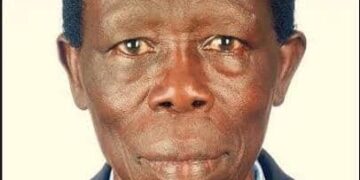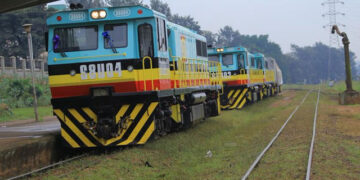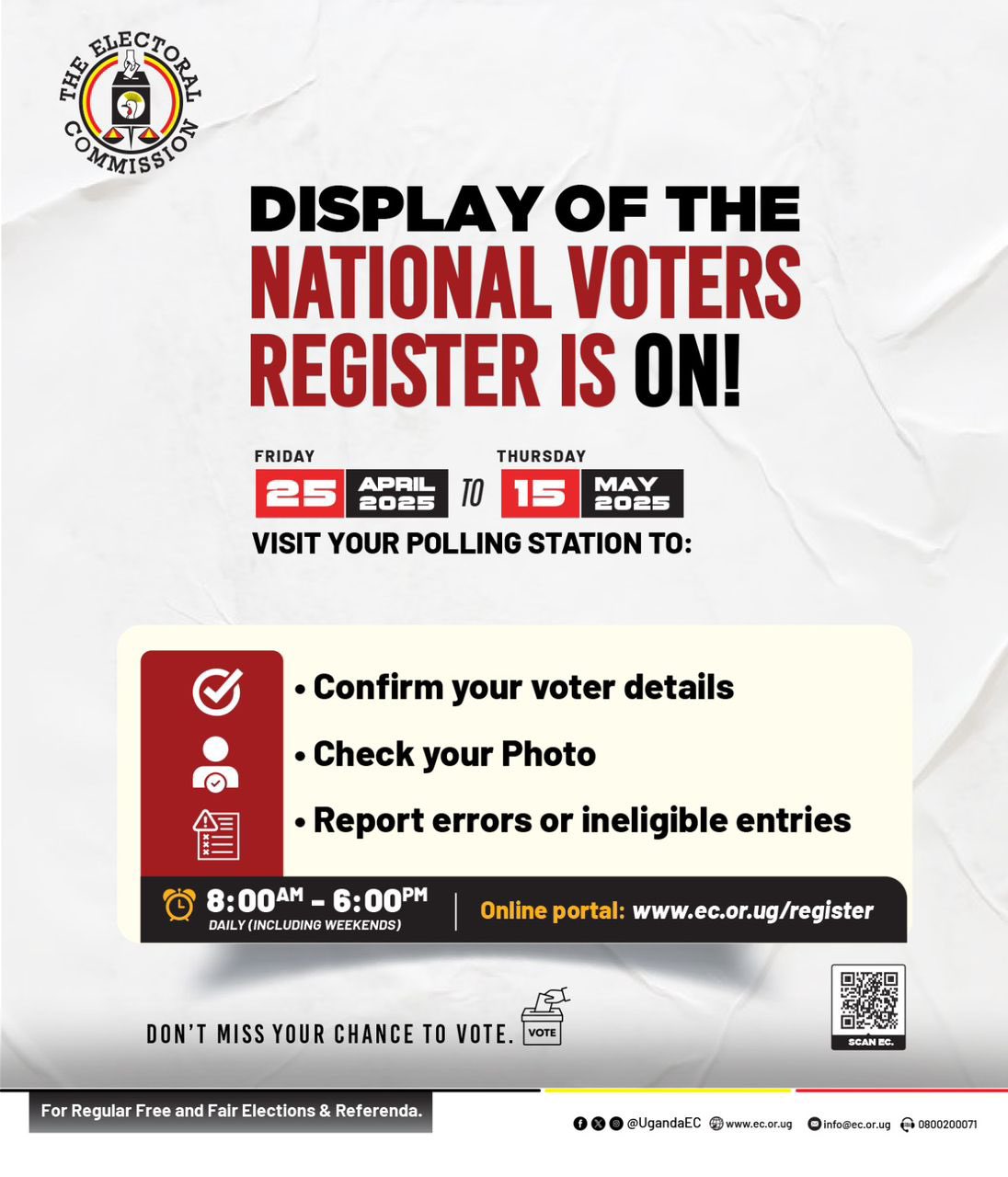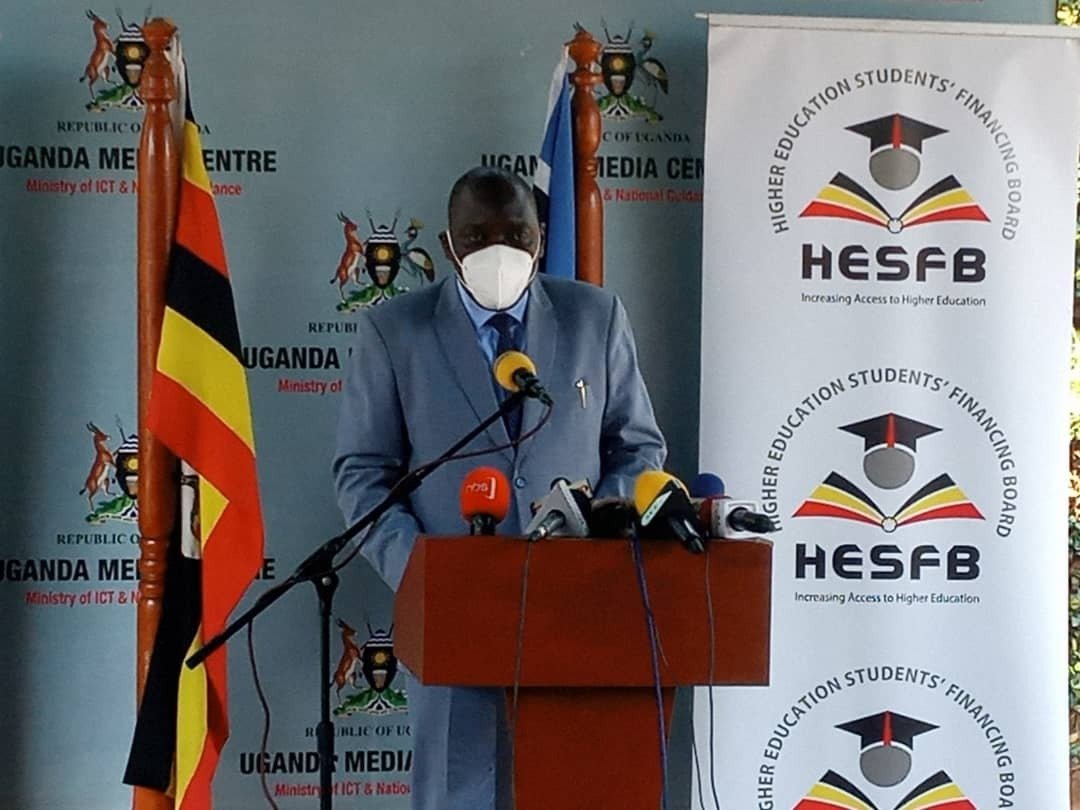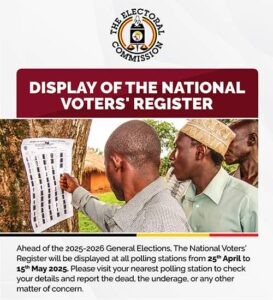From URA Website
The URA Enforcement team tailed, tracked and intercepted at Kakira, Jinja District, a Toyota Ipsum that has been notoriously used to smuggle goods from Kenya.
On the fateful day, according to the information posted on URA social media platforms, the vehicle notoriously used in illicit trade was found packed with 60 bags of smuggled Baraf rice from Pakistan.
URA also says it’s enforcement teams noticed increased rice smuggling with taxpayers adopting several concealment tactics to get their contraband into the country while dodging tax obligations. Baraf is among the most smuggled types of rice into Uganda.
The continuous smuggling of rice is traced from the beginning of this year and it is attributed to a number of factors such as seeking high prices and higher income, the taxation regime and high levy charges for rice imports from outside EAC.
The desire to dodge taxes could also be attributed to the taxation regime for rice imported into the EAC region. Currently, this category of rice importer incurs 75% import duty, 18% VAT, must pay a withholding tax of 6% and also an infrastructure levy of 1.5%.
Previously, cross-border trade in rice attracted a 6% withholding tax and 18% VAT rates for Uganda’s rice imports from the EAC region member countries. However, currently, rice grown and processed within the EAC region attracts no import duty or VAT, but pays a 6% withholding tax.
For example; in January and March 2022, URA enforcement teams reported more than 17 Metric Tons ( MT) of smuggled rice with brands such as; Sana long grain, Aisha, Baraf, Mahomood, Hilal, Salama, basmati, Pakistan and super varieties. These results were borne out of enforcement interceptions by teams in Arua, Mutukula, Busitema, Busia, Kampala, Iganga, Jinja, and Malaba.
The brands URA intercepted are largely long grain basmati rice, imported into the region through the ports, and smuggled into Uganda through porous border points to avoid meeting the high levies.
The motivation is higher profits
On average, the retail price for a kilogram of basmati rice ranges between UGX 6,000 to UGX 10,000. For a 25kgs of this rice variety, a trader stands to earn a maximum of UGX 500,000 from a 50kgs bag that has not paid any import duty.
If you compare this to a trader dealing in ordinary brands like Pakistan and Super, a kilogram of these two varieties is sold at a retail price ranging from UGX 3,000 to UGX 3,500, giving him a profit possibility of UGX 175,000. This excessive profit in long grain rice offers a very attractive earning option that traders have sought to explore by dodging the expense of paying taxes through smuggling.
Intensified enforcement operations
For example, the Busitema team made a double sweep in March when they intercepted two trucks, one coming from Tororo cement and another destined for Kampala, with concealed rice.
In the first operation, the truck was captured with rice from the forests near Busitema university loaded on top of cement bags. In the second foiling, the team caught another smuggler carrying sand as a concealer for the smuggled rice. Upon reaching Busitema checkpoint, verification from the two operations revealed 1.7 MT of Sana rice (70bagsX25kgs) from the cement truck and 3 MT of rice (120 bagsX25kgs) from the contraband concealed under sand.
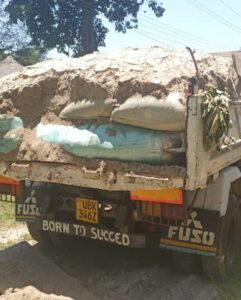
In Busia, the team majored on intelligence focused operations, targeting consolidation centres of high risk items and recruitment of new credible informer contacts in the different suburbs. Through these, they recovered 1.8 MT of assorted Basmati Riceconcealed in sugar bags from Namaubi and Dabani.
To send a story or reach out to the editor, please send E-mail to prince.apol@yahoo.com or call +256701609906


















